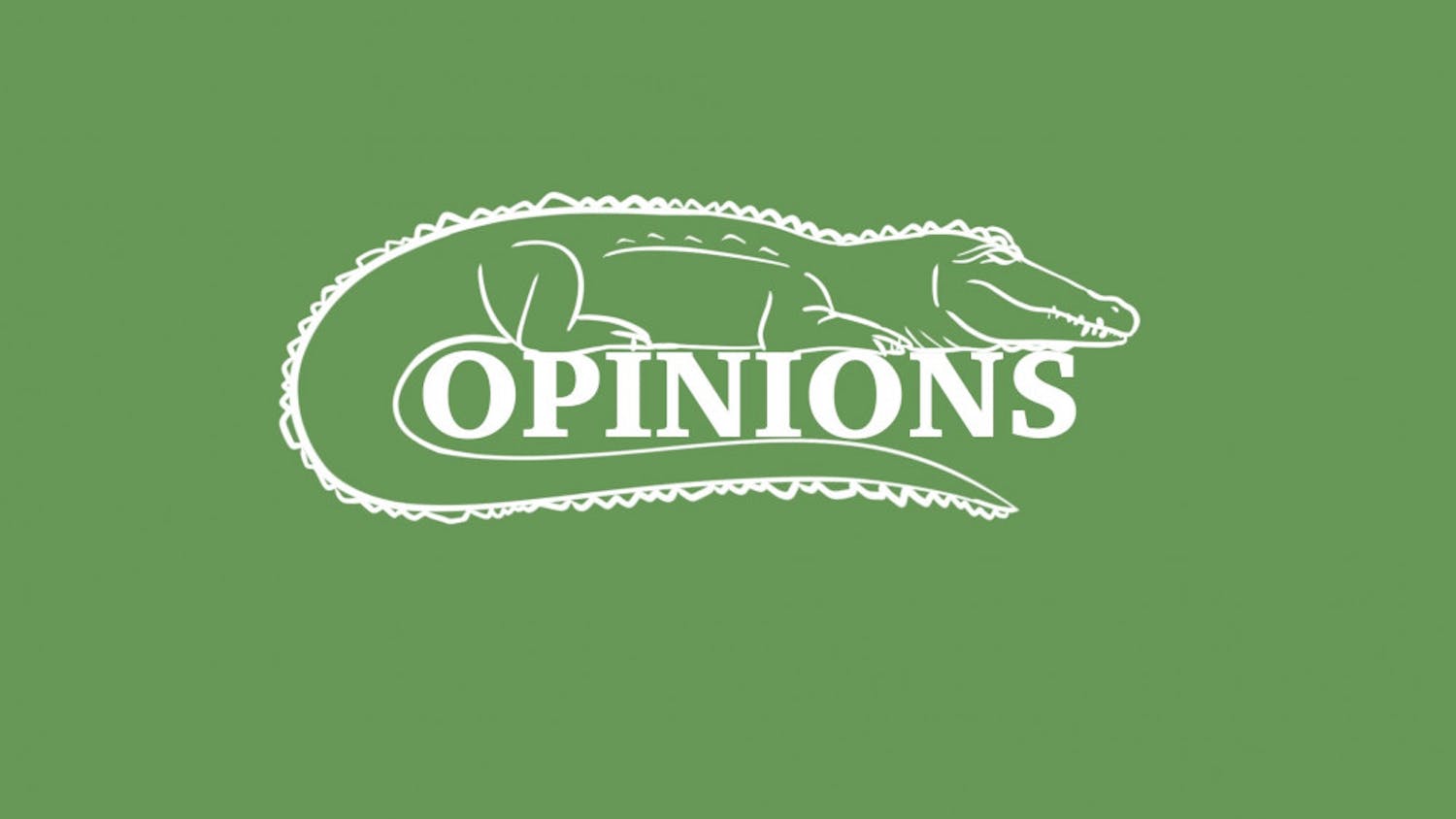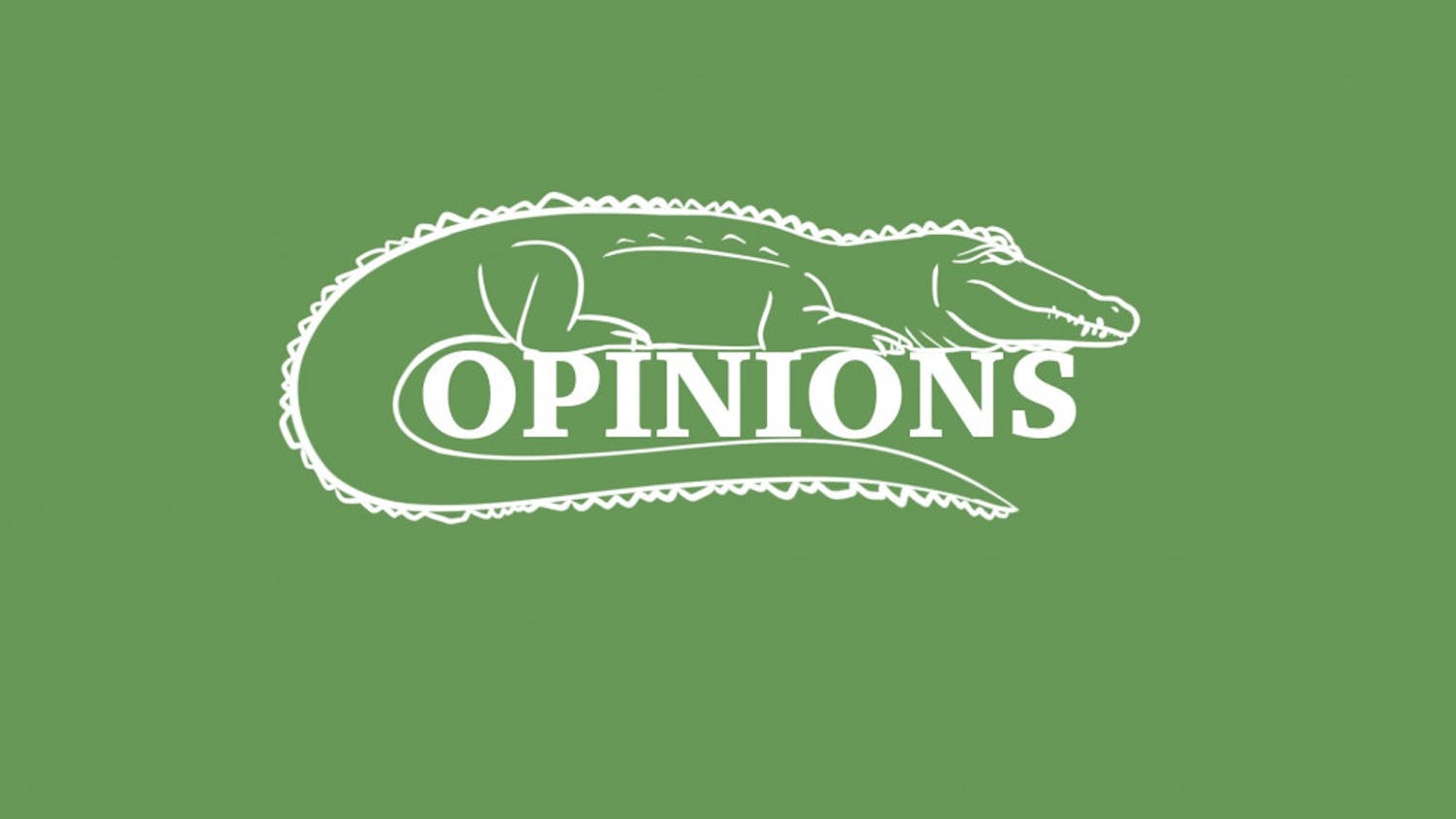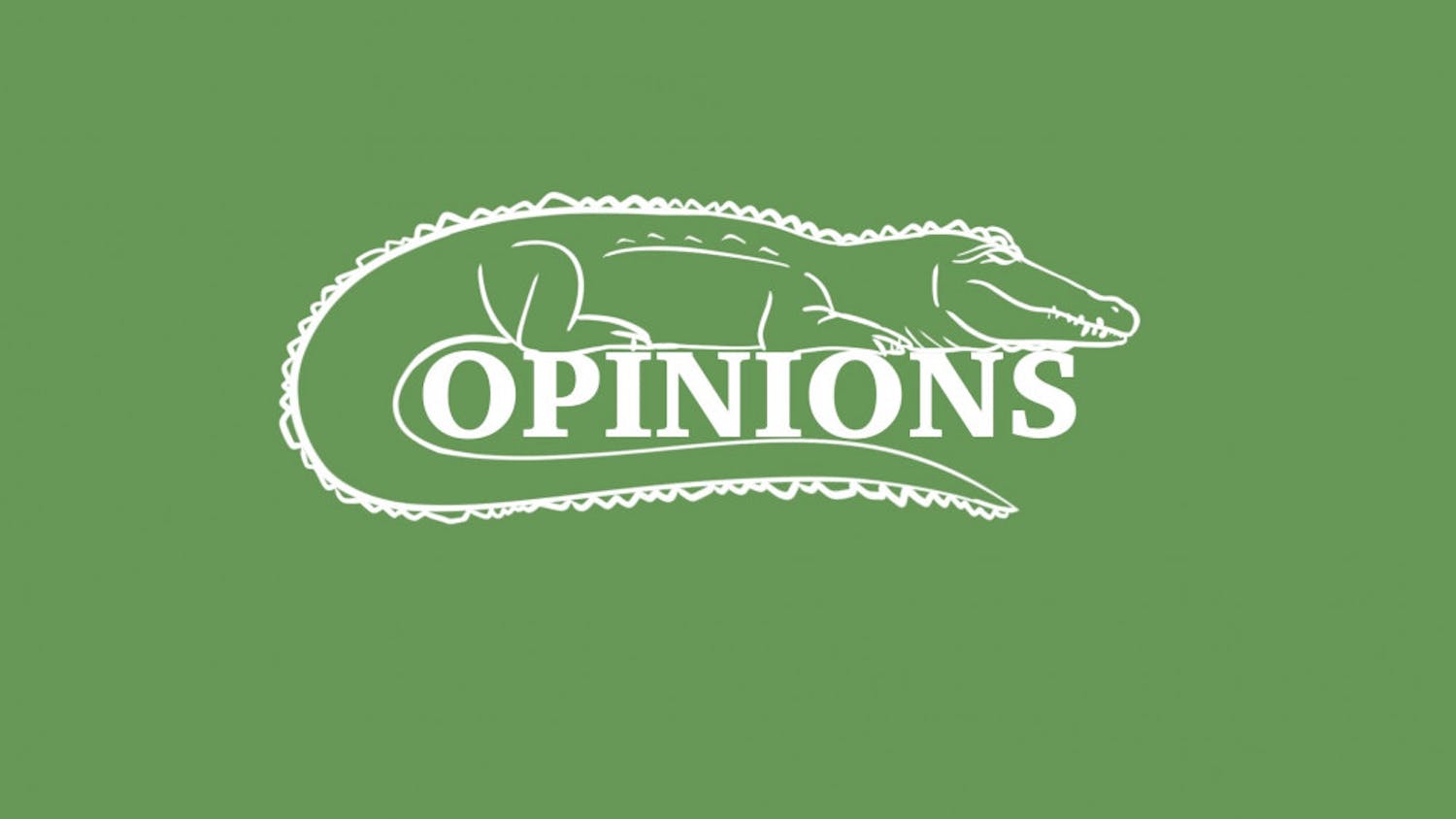The health care system that American Indians rely on is a patchwork of half measures and empty promises.
President Obama outlined many of the problems in a speech last month, stating that “Native Americans die of illnesses like tuberculosis, alcoholism, diabetes, pneumonia and influenza at far higher rates” than other Americans. According to The New York Times, diabetes causes three times as many deaths among American Indians than others, and alcohol accounts for up to five times as many deaths.
Much of this can be explained by the fact that American Indians face a shortage of doctors near reservations, inadequate medical equipment and hospitals that are miles of dirt and gravel road away.
But worst of all may be the issue of rationing. With limited federal dollars and little tribal revenue, members of some American Indian tribes wait months or even years for critical treatment.
At one reservation, home to 15,000 Apaches, there is a backlog of patients waiting for treatment that sometimes stretches into the hundreds. Overburdened doctors often add 10 additional patients a month to wait lists.
And these procedures are by no means minor. A Navajo man waiting for brain surgery in New Mexico suffered seizures while driving and nearly died when he passed out after leaving the stove on. Because his seizures and headaches (caused by a shifting metal plate in his head from a childhood injury) were not “life threatening,” it was the back of the line for him.
Even women who find lumps in their breast or otherwise suspect a problem can face wait times of months to see specialists. This has lead to breast cancer deaths that may have been preventable.
So when lawmakers included provisions to improve this failing system with the health care overhaul, conservatives opposed the expanded benefits and special exemptions granted to American Indians.
Sen. Tom Coburn, R – Okla., argues that by exempting Indians from purchasing insurance, premiums will rise for insured people and further stress the American Indian health care system.
But with insurers that avoid or provide very limited coverage to American Indian territories, and with a full quarter of the American Indian population in poverty, exemptions make sense. At the very least they should not be used as an excuse to delay much needed improvements to the health care system for American Indians.
Conservatives also argue that because 1.9 million American Indians (of roughly 3 million total) already receive free health care through the Indian Health Service, additional spending is unnecessary.
Free health care is all well and good, but what’s the point when you have to wait months or years to receive it?
Isn’t this the kind of rationing that conservatives have been claiming to fight for years? They need not look to Canada for a “horror story” to justify their position — there’s one in our backyard. One that they choose to ignore.
It’s called Indian Country.
The notion that the free market — private insurance — will solve this problem is clearly a flawed one. The free market chooses to avoid these “high risk” populations. But the status quo obviously will not work. So what is the solution?
Comprehensive reform.
American Indians, along with the rest of the American people, need a fundamentally different health care system. More doctors and a greater emphasis on preventative care go hand-in-hand with broader health care coverage.
Because this case proves that you can’t go halfway with health care reform.





